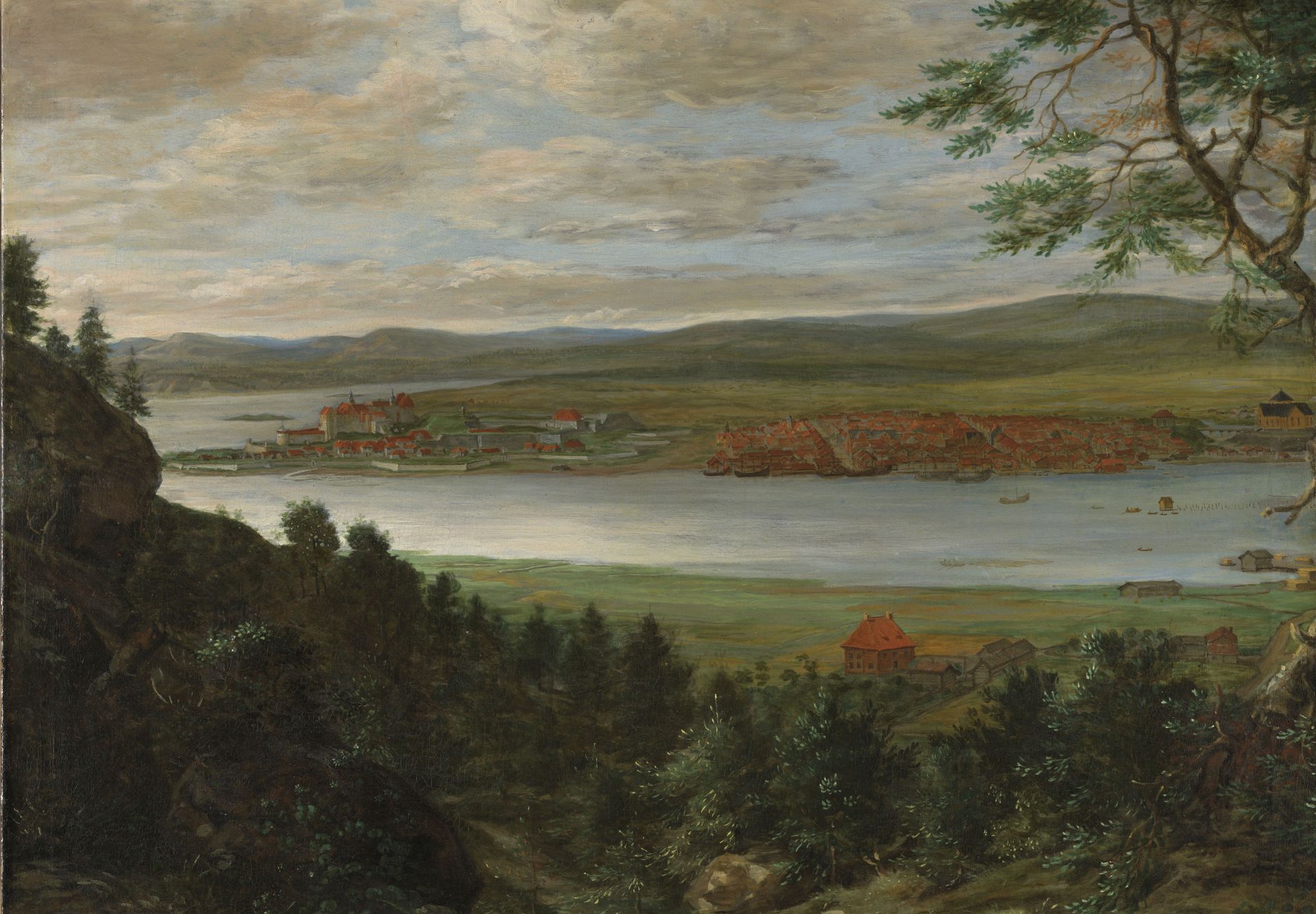
In August 1624, large parts of the old city of Oslo were reduced to ashes. Get to know the new city that emerged.

The 1920s were a decade of contradictions: while ‘The Roaring Twenties’ evokes images of jazz, modernity, and liberation, it was also marked by social inequality, poor housing, political strife, and economic instability.
Museum of Oslo, Halvdan Svartes gate 58
13.11.2024–through 2025
The 1920s were a decade coined by contradictions. Many of us associate ‘The Roaring Twenties’ with technological innovation, jazz, dance, modern architecture, cocktail parties, racing cars, and women’s liberation. On the other hand, it was also a decade of great social inequality, poor housing conditions, political strife, and dramatic fluctuations in the economy.
The exhibition offers some glances into this complex decade and how it played out in Oslo or ‘Kristiania’, as the city was called during the first half of the decade. What did the city look like back then? How did people live? Where did they work? What did they do in their spare time? How did they dress? What novelties did the 1920s bring to our city?








Address: Halvdan Svartes gate 58, 0266 Oslo
Take tram 12 or bus 20 to Frogner plass, or all subway lines to Majorstuen
Tuesday and Wednesday: 11am–4pm
Thursday: 11am–6pm
Friday, Saturday and Sunday: 11am–4pm
Adults: NOK 120,-
Students: NOK 60,-
Children and youth (under 26): Free admission
Free admission for everyone on the first Thursday of the month.
Tickets include entrance to the Museum of Oslo and the Theatre Museum.

In August 1624, large parts of the old city of Oslo were reduced to ashes. Get to know the new city that emerged.
Six artists based in Senegal and Norway are behind the exhibition Ndiakhass – which means patchwork in Wolof.

